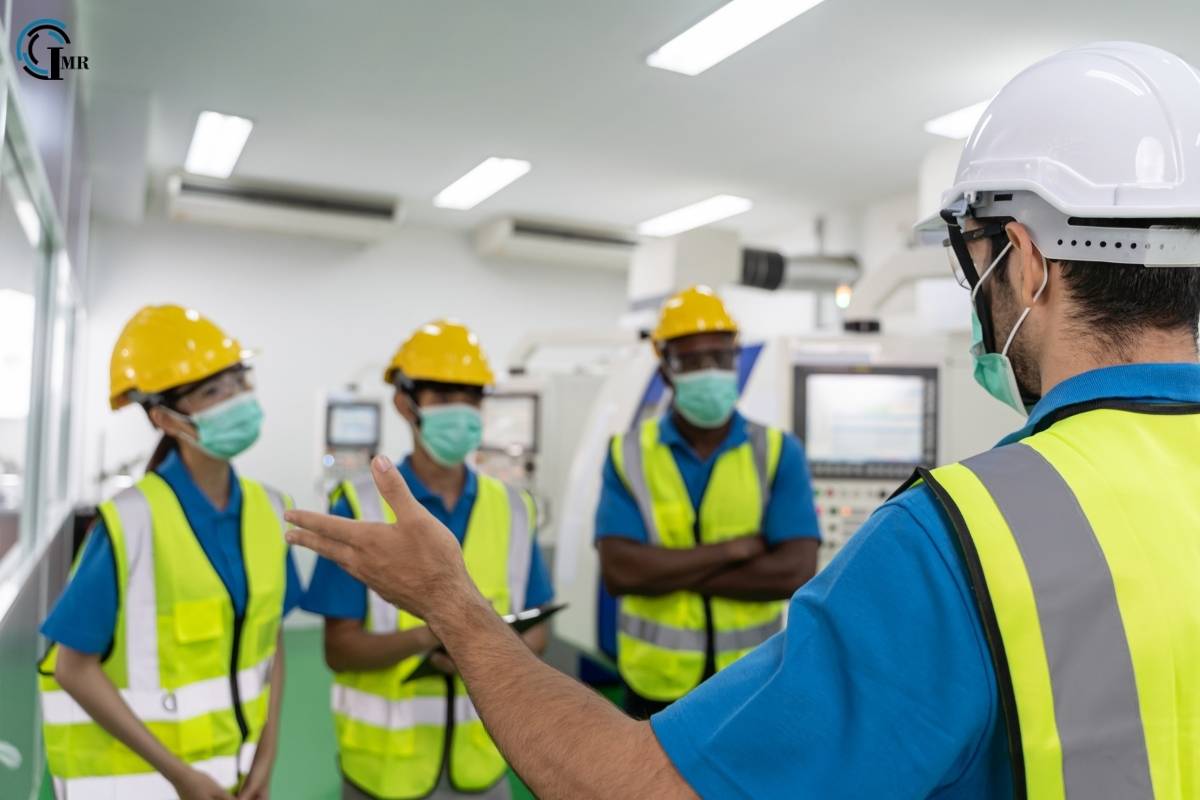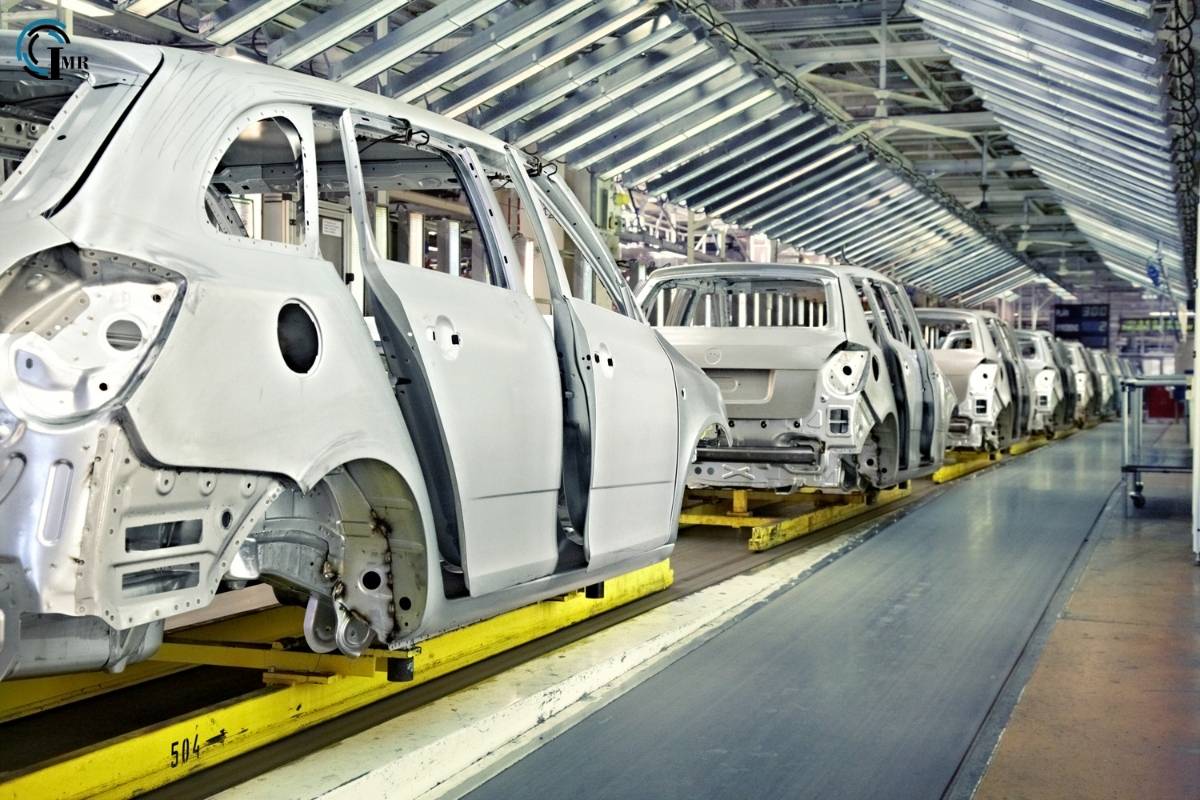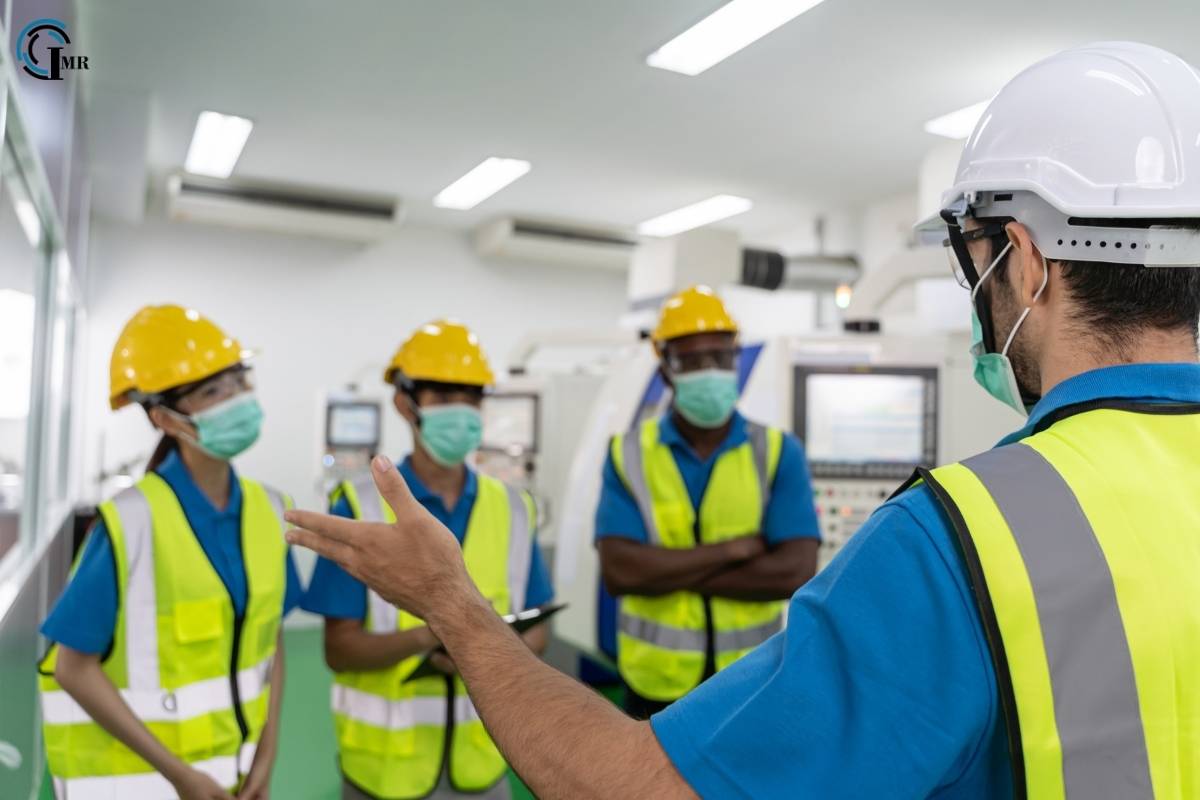
Safety in manufacturing is a critical concern for businesses, workers, and regulatory bodies. Ensuring a healthy and secure work environment not only protects employees from harm but also enhances productivity, reduces costs, and boosts overall morale.
In this blog, we will explore the importance of safety in manufacturing, key strategies for creating a safe workplace, and the benefits of maintaining high safety standards:
The Importance of Safety in Manufacturing
Safety in manufacturing is vital for several reasons. First and foremost, it protects workers from injuries and accidents, which can have severe consequences for individuals and their families. Beyond the human impact, safety incidents can also lead to significant financial costs for businesses, including medical expenses, legal fees, and lost productivity. Additionally, maintaining a safe work environment is essential for compliance with regulatory standards and can enhance a company’s reputation and employee satisfaction.
Protecting Workers
The manufacturing sector often involves working with heavy machinery, hazardous materials, and complex processes. These elements present various risks, including falls, burns, cuts, and exposure to toxic substances. Implementing robust safety measures helps mitigate these risks, ensuring that workers can perform their duties without fear of injury.
Financial Benefits
Investing in safety can result in substantial cost savings for manufacturing companies. Fewer accidents mean lower medical expenses and reduced downtime, which translates to higher productivity. Additionally, companies with strong safety records may benefit from lower insurance premiums and fewer legal liabilities.
Regulatory Compliance
Compliance with safety regulations is mandatory for manufacturing companies. Regulatory bodies, such as the Occupational Safety and Health Administration (OSHA) in the United States, set standards to protect workers. Non-compliance can result in hefty fines and legal repercussions. Adhering to these standards not only avoids penalties but also demonstrates a commitment to employee welfare.
Enhancing Reputation and Employee Morale

A strong safety culture can enhance a company’s reputation as a responsible and caring employer. This can attract top talent and foster loyalty among existing employees. Workers are more likely to be motivated and engaged when they feel their well-being is a priority.
Strategies for Ensuring Safety in Manufacturing
Creating a safe manufacturing environment requires a comprehensive approach that includes risk assessment, training, protective equipment, and continuous improvement. Here are key strategies to enhance safety in manufacturing:
Conducting Thorough Risk Assessments
A thorough risk assessment is the foundation of any effective safety program. This involves identifying potential hazards in the workplace, evaluating the risks associated with each hazard, and implementing measures to control or eliminate them. Regular risk assessments should be conducted to address new hazards that may arise due to changes in processes or equipment.
Implementing Safety Training Programs
Training is crucial for ensuring that workers understand the risks associated with their tasks and know how to perform their duties safely. Safety training should cover the proper use of machinery, handling of hazardous materials, emergency procedures, and the importance of personal protective equipment (PPE). Ongoing training sessions and refresher courses can help reinforce safety practices and keep workers informed about new safety protocols.
Providing Personal Protective Equipment (PPE)
PPE is essential for protecting workers from specific hazards. Depending on the nature of the work, this may include helmets, gloves, goggles, ear protection, and respiratory devices. Employers should ensure that PPE is readily available, and properly maintained and that workers are trained in its correct use.
Maintaining Equipment and Machinery
Regular maintenance of equipment and machinery is crucial to prevent accidents caused by malfunctions or wear and tear. A preventive maintenance program can help identify potential issues before they become hazards. Additionally, machinery should be equipped with safety features such as emergency stop buttons, guards, and interlocks.
Promoting a Safety Culture
Fostering a safety culture involves creating an environment where safety is a shared responsibility. This can be achieved by encouraging open communication about safety concerns, recognizing and rewarding safe behavior, and involving workers in safety planning and decision-making. Leadership commitment to safety is essential for setting the tone and prioritizing safety at all levels of the organization.
Emergency Preparedness and Response

Having a robust emergency preparedness and response plan is vital for minimizing the impact of accidents and emergencies. This includes having clear evacuation routes, conducting regular emergency drills, and ensuring that first aid supplies and trained personnel are available. Workers should be familiar with emergency procedures and know how to respond in the event of an accident.
The Benefits of Maintaining High Safety Standards
Maintaining high safety standards in manufacturing yields numerous benefits beyond compliance and cost savings. These benefits include improved productivity, enhanced employee morale, and a positive corporate image.
Improved Productivity
A safe work environment minimizes disruptions caused by accidents and injuries. When workers feel safe, they are more focused and productive. Reduced absenteeism due to injuries also means that production schedules can be maintained without delays.
Enhanced Employee Morale
When employees know that their safety is a priority, it fosters a sense of trust and loyalty towards the company. This can lead to higher job satisfaction, lower turnover rates, and increased employee engagement. A motivated workforce is more likely to contribute to the company’s success.
Positive Corporate Image
Companies that prioritize safety are viewed positively by customers, investors, and the community. A strong safety record can enhance a company’s brand reputation and competitive advantage. It demonstrates a commitment to ethical practices and corporate responsibility.
Innovation and Continuous Improvement
A focus on safety often drives innovation and continuous improvement in manufacturing processes. By constantly seeking ways to reduce risks and enhance safety, companies can develop more efficient and effective production methods. This can lead to improved product quality and customer satisfaction.
Case Studies: Successful Safety Initiatives in Manufacturing
To illustrate the impact of effective safety measures, let’s examine a few case studies from different manufacturing sectors:
Case Study 1: Automotive Manufacturing

An automotive manufacturing plant implemented a comprehensive safety program that included regular risk assessments, extensive training, and the use of advanced safety technologies. As a result, the plant reduced its injury rate by 50% within two years. The company also saw a 20% increase in productivity and a significant reduction in downtime due to fewer accidents.
Case Study 2: Chemical Manufacturing
A chemical manufacturing company faced significant risks due to the handling of hazardous materials. By investing in state-of-the-art safety equipment, conducting rigorous training, and fostering a safety-first culture, the company achieved zero reportable incidents for three consecutive years. This not only improved worker safety but also enhanced the company’s reputation in the industry.
Case Study 3: Electronics Manufacturing
An electronics manufacturer introduced a safety initiative that focused on ergonomic improvements to reduce repetitive strain injuries. The company redesigned workstations, provided ergonomic training, and encouraged regular breaks. This initiative led to a 30% reduction in musculoskeletal disorders and increased worker satisfaction.
Conclusion
Safety in manufacturing is a critical aspect of creating a healthy and secure work environment. By prioritizing safety, manufacturers can protect their workers, reduce costs, enhance productivity, and build a positive corporate image. Implementing effective safety strategies, such as conducting risk assessments, providing training and PPE, maintaining equipment, promoting a safety culture, and ensuring emergency preparedness, is essential for achieving these goals. As the manufacturing landscape continues to evolve, companies must remain vigilant and proactive in addressing new safety challenges.
By fostering a culture of continuous improvement and innovation, manufacturers can navigate the complexities of safety in manufacturing and contribute to a sustainable and prosperous future. Prioritizing safety is not only a legal and ethical obligation but also a strategic advantage that can drive long-term success in the competitive manufacturing industry.





Comments